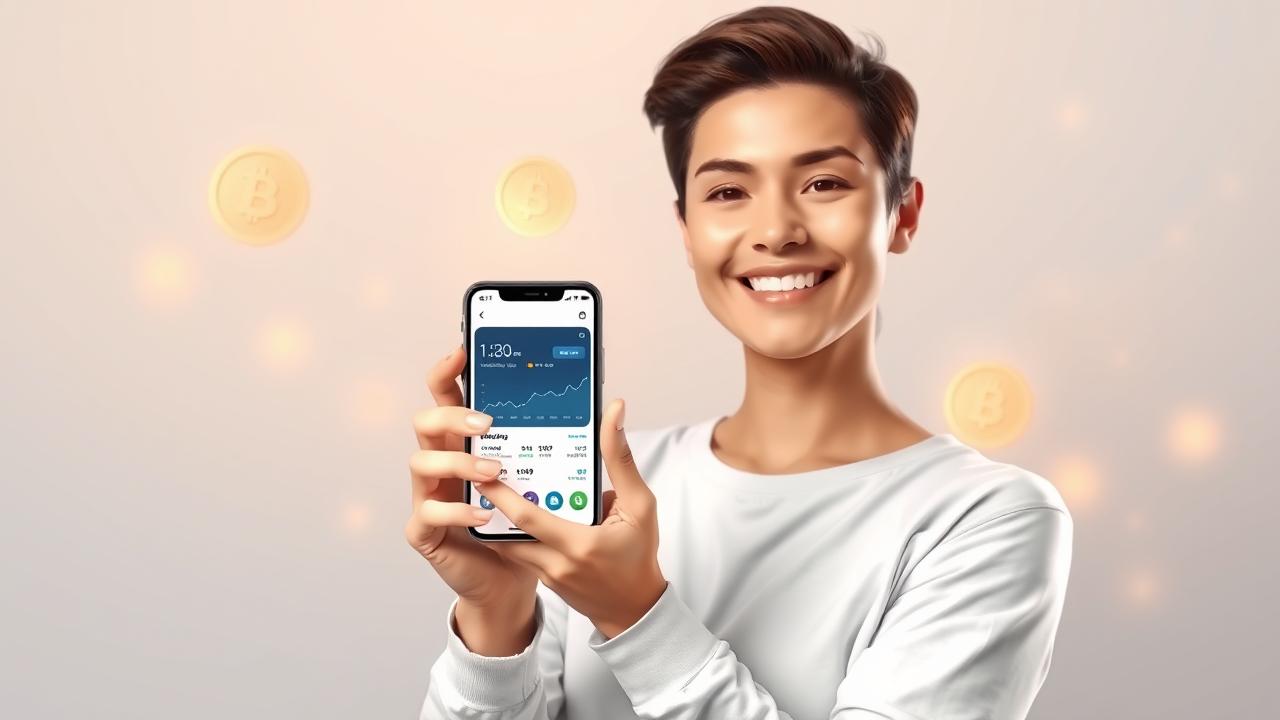Staring at that ‘send’ button wondering if anyone on the other side actually cares? Yeah, email can feel like shouting into the void sometimes, especially when you’re trying to sell digital stuff like courses, apps, or templates. But what if I told you it could be your biggest money-maker? We’re talking a potential return of $42 for every single dollar you put in.
Sounds almost suspicious, right? Like finding a unicorn petting a kitten. But according to the latest stats for 2025, that number is less magic trick, more just smart email marketing for digital products. The catch? You can’t just blast generic newsletters and hope for the best. You gotta get personal, get automated, and actually connect with people.
Jump Straight to What You Need (Table of Contents)
Why Email Still Crushes It (Especially for Digital Goods)
Forget the hype about every new shiny platform. Email is the dependable workhorse. Why? As marketing guru Seth Godin puts it:
“Your email strategy shouldn’t aim to reach everyone; it should aim to create meaning for the people who already care about your work.”
It’s about connection, not just broadcasting. People invite you into their inbox – that’s a privilege! Plus, let’s be real: 60% of consumers actually prefer getting promotional messages via email over social media. Turns out, 4 out of 5 marketers would ditch social before they’d ditch email. Take that, algorithm!
For digital products, it’s even better. The sales cycle is often shorter, and email is perfect for nurturing leads, onboarding new users, and bringing back those almost-customers.
The Numbers Don’t Lie: Quick Email Wins
Okay, brace yourself for some juicy stats that show just how powerful targeted email can be:
| Metric | Statistic | Why It Matters for You |
|---|---|---|
| ROI of Email Marketing | $42 for every $1 spent | Seriously high return, beats most other channels. (Source) |
| Automated Email Revenue Boost | 320% higher revenue | Set-it-and-forget-it emails make serious bank compared to one-offs. (Source) |
| Personalized Email Open Rate Lift | 29% higher | Just using someone’s name or tailoring content makes a big difference. (Source) |
| Segmented Campaign CTR Boost | 94% higher click-throughs | Sending relevant stuff to the right groups gets way more clicks. |
| Mobile Email Opens | 55%+ | If your emails look junky on a phone, you’re losing readers. |
| Cart Abandonment Email Power | Highest revenue driver | Those “Did you forget something?” emails really work. (Source) |
See? It’s not just random luck. Strategic email gets results.
Okay, So How Do I Actually Do This?
Knowing the stats is one thing, making them work for you is another. Here’s the breakdown of key strategies:
Let the Robots Do the Work (Automation Magic)
Automated emails are your secret weapon for scaling up without burning out. Think welcome sequences, onboarding tutorials, or reminders based on user actions (or inaction!). Consultant Jay Baer nails it:
“Email is still the single most effective digital communication channel because it’s permission-based. Automating and personalizing your email sequences can completely transform engagement and purchase rates.”
Imagine setting up a series of helpful emails that automatically go out when someone signs up for your free trial or downloads a lead magnet. You write them once, and they work for you 24/7. As email strategist Val Geisler notes, this is often “where real ROI starts to show up.”
Talk To Them, Not At Them (Personalization Power)
Nobody likes feeling like just another number on a list. Personalization goes beyond just using `[First Name]`. It’s about sending content that resonates with their interests, purchase history, or how they’ve interacted with your product.
Remember that 29% higher open rate for personalized emails? That’s just the start. When you tailor content, people feel seen and understood. Maybe you send different tips based on which features of your app they use most, or suggest complementary products based on past purchases. This is fundamental to effective digital marketing strategy.
Not Everyone Needs the Same Email (Smart Segmentation)
This ties directly into personalization. Segmentation means dividing your email list into smaller groups based on shared characteristics (like demographics, purchase history, engagement level, interests). Sending a tailored message to a specific segment is way more effective than a one-size-fits-all blast. That 94% higher click-through rate for segmented campaigns? That’s huge!
Think about it: Someone who bought your beginner course shouldn’t get emails pushing that same course. They might be ready for the advanced one! Someone who hasn’t opened an email in months needs a different approach than your super-fans.
Stop Leaving Money on the Table (Cart Recovery!)
Okay, this one’s crucial for anyone selling anything online, especially digital products. People abandon carts for all sorts of reasons – distraction, confusion, unexpected costs. But a simple automated email sequence nudging them back can recover a significant chunk of that potentially lost revenue. Remember the stats table? It’s often the highest revenue-generating email type, yet wildly underused.
Seriously, if you do one thing after reading this, set up a basic cart abandonment email.
Real People, Real Results
Still sounds a bit theoretical? Let’s look at how real people used these ideas:
- Meet Maria: She built this fantastic productivity app but was struggling to get free trial users to actually pay up. Her solution? She created an automated email sequence (a “drip campaign”) filled with mini-tutorials showing off the app’s best features. It wasn’t overnight, but within six months, her trial-to-paid conversion rate jumped by 35%. Small, targeted emails made a big difference.
- Then there’s Jamal: He poured his heart into an online course, but over half the people adding it to their cart never finished checking out. Ouch. He set up a simple three-email automated sequence for abandoned carts – a gentle reminder, maybe addressing common concerns, and a final nudge. It wasn’t magic, but he started recovering about 30% of those lost sales, which was enough to finally hit his revenue targets.
- And don’t forget Priya: As a digital artist selling design templates, she wanted to build more loyalty, not just one-off sales. She started segmenting her email list – separating first-time buyers from repeat customers. She sent exclusive tips and occasional freebies just to her loyal group. Result? Her customer retention rate doubled because people felt appreciated and connected.
These aren’t mythical marketing unicorns. They’re regular creators and entrepreneurs who got strategic with their email.
Helpful Tools (No Need to DIY Everything)
Feeling overwhelmed? You don’t need to code your own email system. There are great tools out there that handle the heavy lifting for automation, segmentation, and analytics:
- ActiveCampaign: Powerful automation and CRM features, great for complex funnels.
- Brevo (formerly Sendinblue): Offers a good balance of features including email, SMS, and chat, often with a generous free plan to start.
- Other options: Klaviyo (popular for e-commerce), Mailchimp (beginner-friendly), ConvertKit (great for creators).
The key is finding email automation software that fits your needs and budget. Most offer free trials, so poke around!
Got More Quick Questions?
We hear these a lot:
How do I boost my open rates?
Personalization is key! Even just a personalized subject line can lift opens by nearly 30%. Also, write compelling subject lines that spark curiosity or promise value. Avoid spammy words. And always, always provide value inside the email so people want to open the next one. Check out resources on the details of email marketing in the digital age for more tips.
Do my emails really need to look good on phones?
YES. Absolutely. With over half of emails opened on mobile, if your email is pinched, zoomed, or just plain broken on a phone, people will delete it (around 50% do!). Most modern email tools offer mobile-responsive templates – use them!
What’s the best day to send emails?
Historically, Tuesdays often show strong engagement. But honestly? The “best” day depends entirely on your specific audience. Test different days and times! Consistency and providing value matter way more than chasing the mythical ‘perfect send time’.
Should I send newsletters or promotions?
Both have their place! Promotions tend to drive more direct clicks and sales, while newsletters are fantastic for building relationships, sharing value, and keeping your brand top-of-mind. A healthy mix, tailored to different audience segments, often works best.
Can adding video help?
Surprisingly, yes! Adding video content to your emails has been shown to decrease unsubscribe rates by as much as 26%. It makes your emails more engaging and dynamic.
Your Next Step (Don’t Overthink It!)
Okay, that was a lot of info. Feeling energized? Maybe a little intimidated? Deep breath.
You don’t need to implement everything right this second. The most important thing is to start.
Your challenge: Pick ONE strategy from this list and commit to trying it this week. Maybe it’s:
- Setting up that first basic abandoned cart email. (Seriously, do this!)
- Brainstorming a simple 3-email welcome sequence for new subscribers.
- Segmenting your list into “new customers” and “repeat customers.”
Just start somewhere. Getting consistent with valuable, targeted email is how you build relationships and unlock that impressive ROI for your digital products.
Want to dive deeper? Check out books like “Email Persuasion” by Ian Brodie or “Make Your Emails Awesome” by Meera Kothand for more practical frameworks.
You’ve got this. Now go make those emails count!






